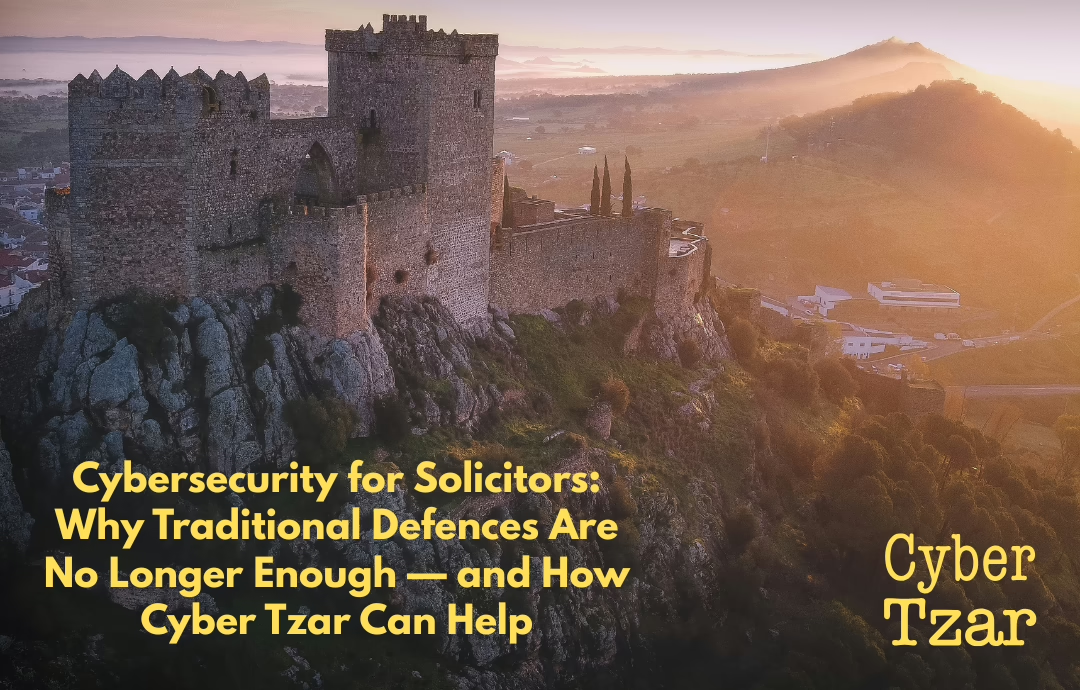In an era where cyber threats to higher education are increasing in both scale and sophistication, the University of Wolverhampton has taken a bold and strategic approach to improving its cybersecurity.
This case study outlines how a mid-sized UK university turned fragmented security practices into a coordinated, risk-led strategy — protecting its students, staff, and research data, while setting a new benchmark for the sector.
The Challenge: A Growing Attack Surface
Like many universities, Wolverhampton faced the classic triad of risk:
-
🎓 Decentralised IT infrastructure across multiple campuses and faculties
-
🌐 A sprawling digital estate, including student portals, research servers, and learning platforms
-
🔗 Dependence on third-party suppliers for core services, including HR, finance, and academic systems
Staff turnover, limited security resources, and rapid digital expansion — especially during COVID — had widened the university’s exposure. Leadership recognised that cyber risk could no longer be managed in isolation.
What Changed: Strategic Cyber Risk Management
In partnership with Cyber Tzar and internal stakeholders, the university adopted a portfolio-based approach to cyber risk. This involved:
-
Baseline Vulnerability Scanning
Identifying public-facing systems with known weaknesses, misconfigurations, or outdated components. -
Supplier Risk Benchmarking
Assessing the cybersecurity posture of third-party vendors and platforms — especially those handling student and research data. -
Sector Comparison
Benchmarking the university’s exposure against other UK higher education institutions, helping contextualise risk for decision-makers. -
Executive Reporting
Using clear, jargon-free dashboards to present risk trends, priorities, and progress to non-technical university leadership. -
Integrated Compliance Mapping
Aligning existing controls with regulatory frameworks including GDPR, Cyber Essentials, and DfE digital standards.
The Results
✔️ Improved visibility across over 40 systems and digital services
✔️ Reduced time to remediate critical vulnerabilities from months to days
✔️ Better collaboration between central IT, faculties, and the compliance office
✔️ More informed procurement decisions, using cyber posture as a vendor selection criterion
✔️ Stronger engagement with insurers, with real data on institutional cyber maturity
What Others Can Learn
Wolverhampton’s story proves that even without massive budgets, universities can achieve real improvements by:
-
Taking a structured view of cyber risk
-
Focusing on what’s visible and actionable
-
Involving leadership and procurement in the conversation
-
Treating cybersecurity as an operational enabler — not just a technical problem
How Cyber Tzar Supports Universities
Our platform helps institutions like Wolverhampton:
✅ Scan their external digital footprint for vulnerabilities
✅ Monitor supplier risk across the academic tech stack
✅ Benchmark against peer institutions and government expectations
✅ Provide clear reports for senior leadership, boards, and funders
🎓 Want to take your university’s cyber posture from reactive to resilient?
Get a tailored scan at cybertzar.com

